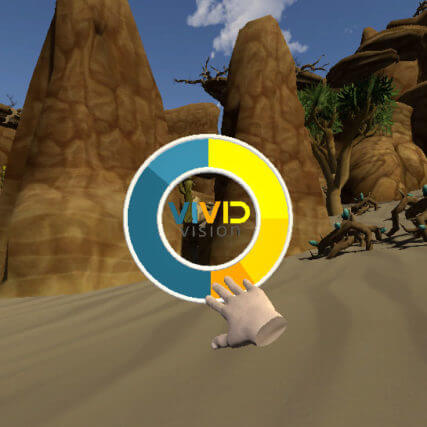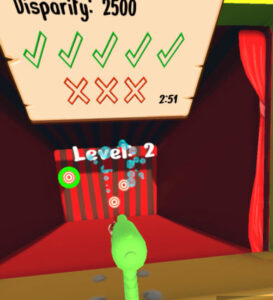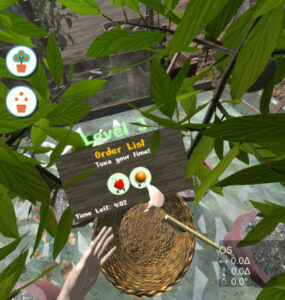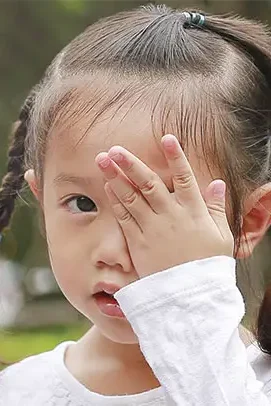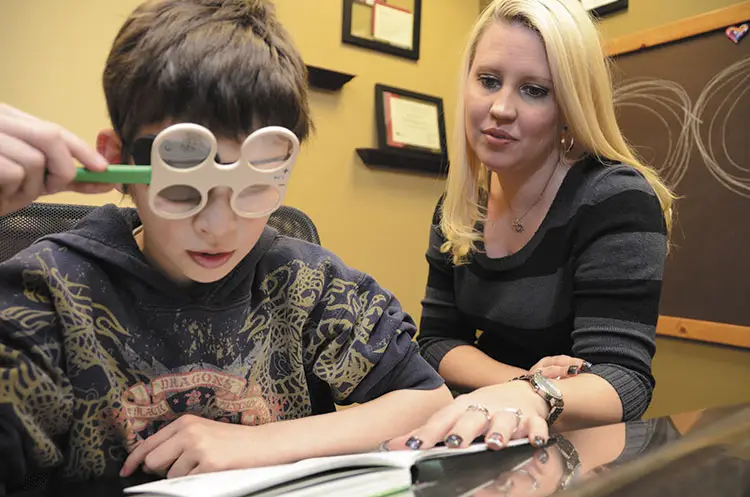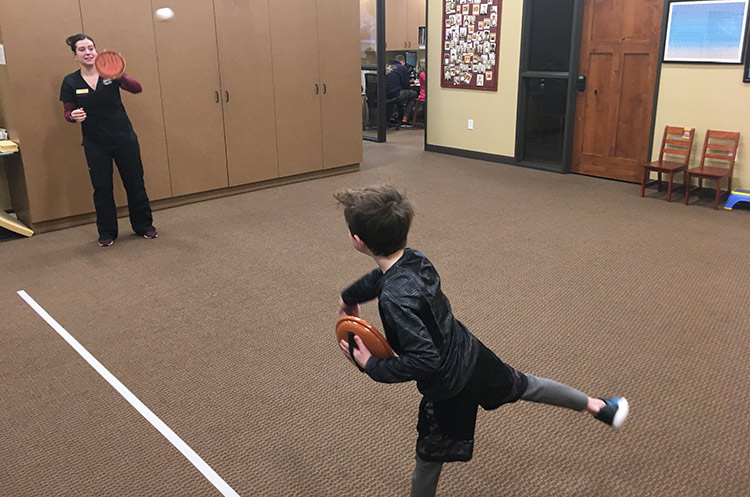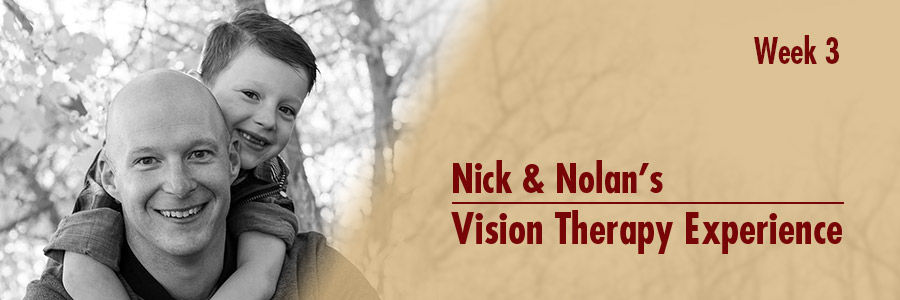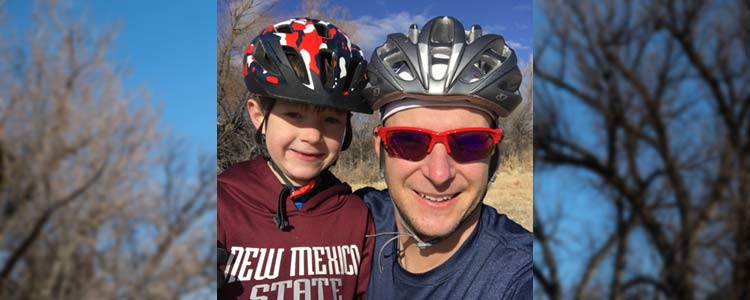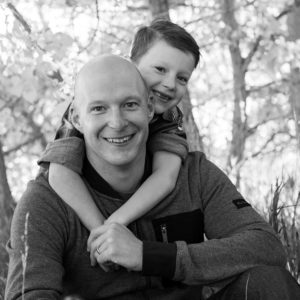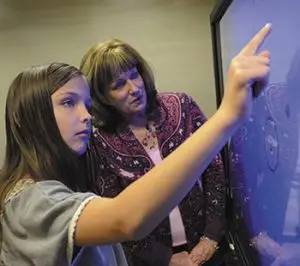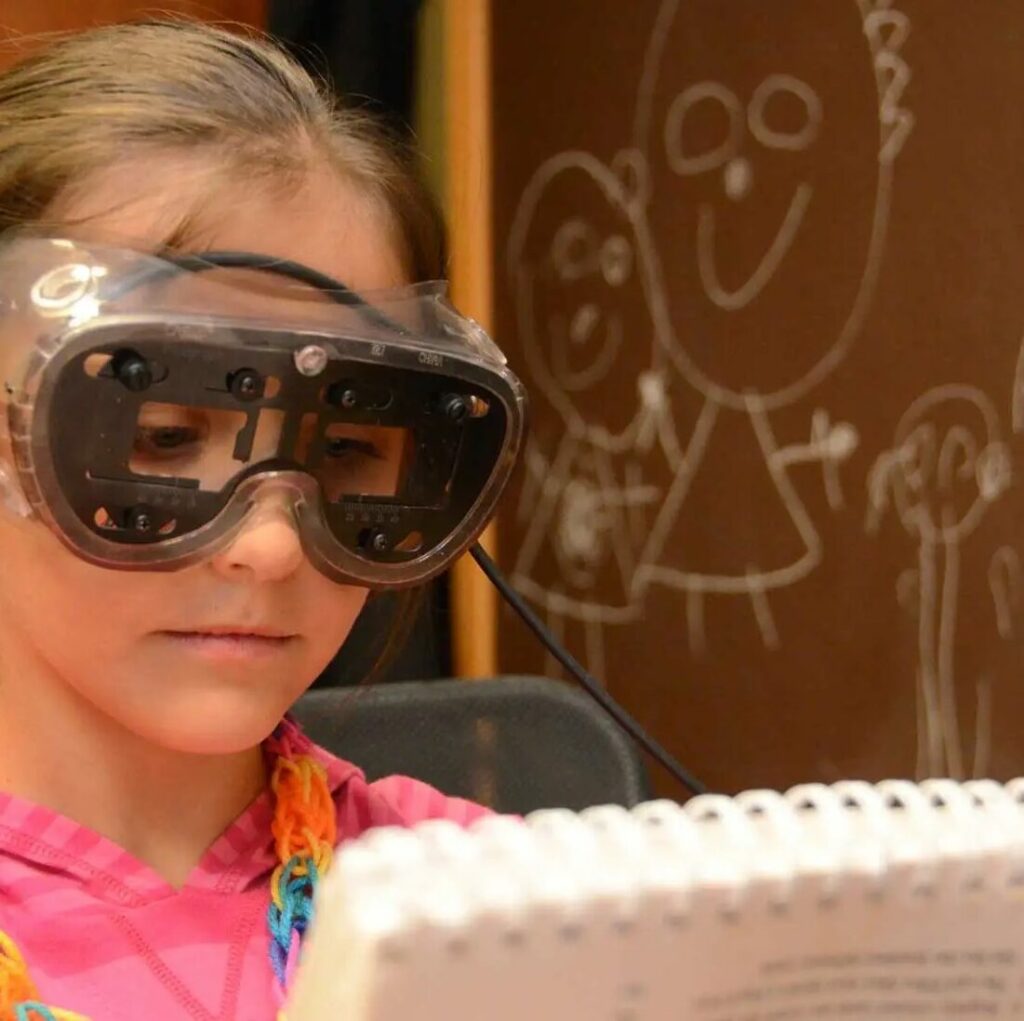WHAT IS MYOPIA?
Myopia is a refractive error (commonly referred to as nearsightedness) causing distance vision to be blurry. The myopic eye is typically longer than the non-myopic eye. Myopia often occurs during childhood when the eye is still growing and the earlier it occurs, the more likely the myopia will worsen if appropriate interventions are not employed.

In the early 1970s, only 25% of Americans were nearsighted. Today more than 40% are nearsighted and the number is increasing at an alarming rate, especially among school-age children. It is being called a myopia epidemic. By 2050 it is predicted that 58% of North Americans will be myopic.
Family history (genetics) and lifestyle are the main reasons myopia incidence is increasing. Reduced time spent outdoors and increased screen time indoors increase the risk of myopia.
Leaving progressive myopia unaddressed may contribute to the development of more severe sight-threatening complications later in life, including retinal detachment, myopic maculopathy, glaucoma and earlier development of cataracts.
WHAT IS MYOPIA MANAGEMENT?
Myopia management involves using special lenses, prescription eye drops and/or lifestyle changes to slow or stop the progression of myopia. A myopia management program may include one or more of the following methods.
DUAL FOCUS SOFT CONTACT LENSES

Myopia management with soft contact lenses uses specially designed optics to focus light on the retina in such a way as to keep the eye from elongating (increasing axial length) thereby slowing or stopping the progression of myopia.
- Advantage: while these are specially designed soft contact lenses for myopia control, their care is the same as other soft contacts so parents may be more familiar with them.
- Disadvantage: recurring cost
CORNEAL RESHAPING LENSES OR CORNEAL REFRACTIVE THERAPY
These contact lenses are FDA approved to be worn while sleeping to reshape the cornea temporarily correcting the myopia. This eliminates the need for glasses or daytime contact lenses. In addition, the curvature of the lenses focuses light on the retina in such a way as to keep the eye from elongating (increasing axial length) thereby slowing or stopping the progression of myopia.
- Advantage: since no lenses are being worn during the day, these can be a real benefit for certain athletes such as swimmers.
- Disadvantage: lenses must be worn every night for at least 6 hours.
LOW DOSE ATROPINE DROPS
Studies show that a low dose of atropine, typically administered as eye drops in the evening, has the potential to significantly slow the progression of myopia in children.
- Advantage: these can be used in conjunction with other myopia control measures
- Disadvantage: it takes motivation of parents and child to get the drops in nightly. There do not appear to be other quality of life issues with the drops.
LIFESTYLE CHANGES TO COMBAT NEARSIGHTEDNESS
- Increase outdoor time to two hours a day
- Reduce screen time and maintain an adequate working distance of about 16 inches
- Follow the 20-20-20 rule when doing near or computer work: every 20 minutes look 20 feet away for 20 seconds
Ready to Schedule An Appointment?
The Highline Vision Center team is looking forward to seeing you soon. Our practice utilizes state-of-the-art technology to deliver personal and comprehensive eye care for your entire family.

